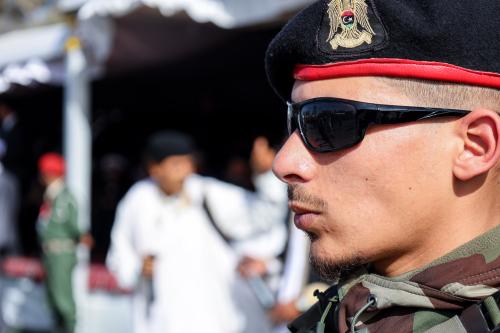HOST: When Sgt. Nathan Chapman, a green beret, was killed in Afghanistan in January, the gunman who killed him typified the modern warrior in much of the world. He was 14 years old. Much has been written about child soldiers in recent years including this warning from Peter Warren Singer, a scholar at the Brookings Institution. “Child soldiers,” he wrote, “are a reality of contemporary conflict for which the U.S. military is ill prepared.” Dr. Singer, how would the U.S. military prepare itself for facing adolescent soldiers?
SINGER: There’s a series of things that have to be done. The first is to collect intelligence about the nature of the force that you’re facing. And one of the key distinctions of child soldiers is how long the children have been inside that force. If it’s been less than a year, there are certain dynamics where they’re more interested in getting away from it. If they’ve been in longer than a year, they’re pretty well indoctrinated, so they represent a different type of threat. There’s also force protection measures that you undertake. Basically the realization that children in these types of situations represent the same type of threats that adults do. A bullet from a 14-year-old can kill just as deadly as one from a 40-year-old. And then finally when you’re actually engaging them, there’s different tactics that you can use. Basically you try to shape the opposition and create avenues for children to escape. Target adult leaders, things like that, rather than just sort of wearing them down by attrition.
Listen to complete interview.



Commentary
Fighting Child Soldiers
April 10, 2002